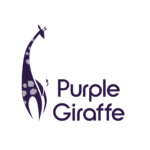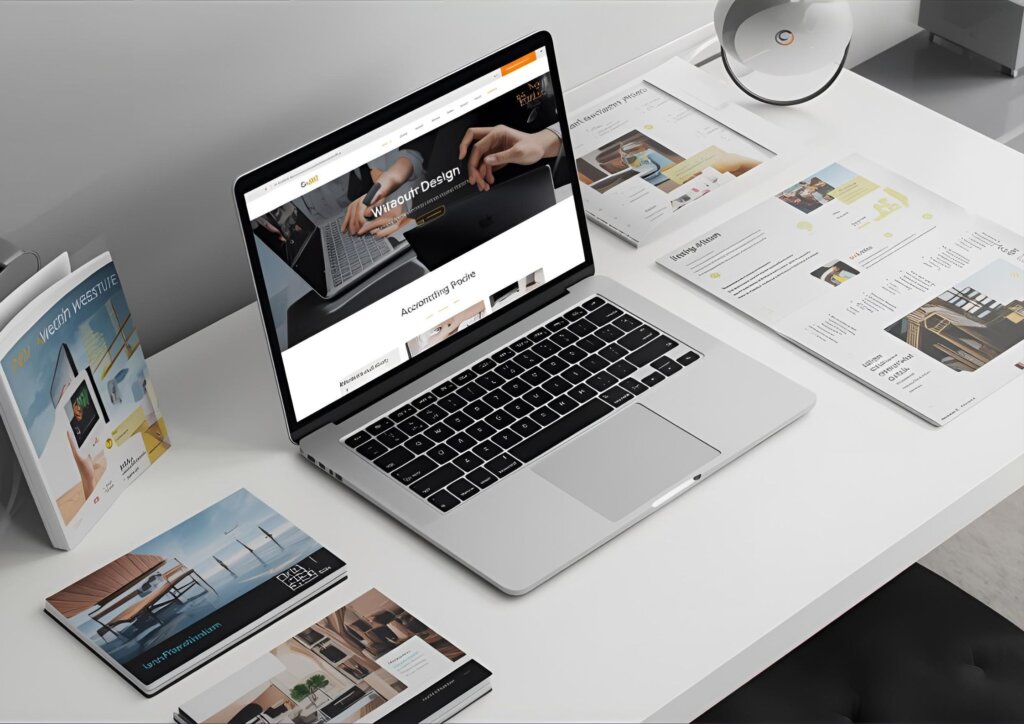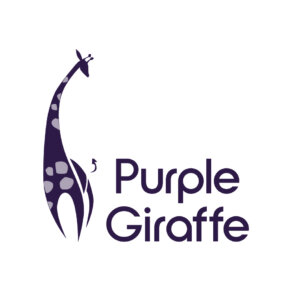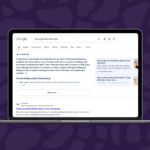In this age of paperless offices, online platforms and social media marketing, it is still important that companies of nearly all sizes invest in some marketing collateral assets as a part of their marketing strategy.
Marketing collateral is a suite of materials providing varying levels of detail and which can be printed and online, that presents your brand identity, business capabilities and product or service benefits to customers. Each piece should consistently feature the same branding and key messages and tell a customer what they need to know about you to assist them in making an informed purchase decision.
Well-designed collateral makes a good first impression, tells customers that you’re professional, credible and trustworthy, and most importantly supports the sales process.
In a digital-first environment, marketing collateral now extends far beyond brochures and flyers. Your website, pitch decks, eBooks, case studies, videos, capability statements, and downloadable PDFs all count as part of your collateral suite. These materials act as a bridge between digital marketing and sales enablement — ensuring your business looks and sounds professional wherever a potential customer encounters you.
Not convinced and think it’s a waste of money that ends up in the recycling bin? Let us persuade you.
It’s helpful to have something to leave behind
It sounds silly and I agree. Tools for their own sake rarely make sense, but read on — the reasoning gets better. When your business gets a call from a prospective client, partner or investor requesting more information, what do you have to send? If it’s not something that’s been professionally produced, printed and up to date, the chances are you won’t be taken seriously and will run the risk of looking very unprofessional. Your competitor, who does have a professionally printed and well thought out brochure, will win the sale.
Even if you don’t expect to have a massive demand for sales materials, you will still have some requests or attend occasions when it helps to have something schmick to leave behind. A brochure, DL flyer, business card and/or prospectus goes a long way and can be designed with flexibility so it can last a number of years and serve a variety of occasions and purposes.
Even more importantly, having these pieces available in digital format — such as PDFs or online flipbooks — allows you to send professional follow-ups instantly after meetings or networking events. Digital collateral supports hybrid and remote working environments, enabling your brand to make an impact wherever your audience is.
Collateral materials as a competitive tool
It’s disappointing when you request some product or sales materials from a company you are interested in using and then are completely underwhelmed by the quality of what you receive. Unfortunately, it’s a common mistake and will often see you look elsewhere. Companies put time, money and resources into smart hiring decisions, successful growth strategies and product development, but then undersell themselves in the presentation of it all.
But the reality is it’s just as important to market yourself well. By investing in and developing professional and competitive marketing collateral, you provide your brand the opportunity to communicate your value proposition and competitive advantage — and hopefully win the sale. It is especially worth considering that if you are selling high-end services and products, the marketing collateral that supports this must also look the goods. Corresponding marketing materials must be up to the challenge of representing your product and brand at the same level you have positioned yourself and impress discerning decision makers.
High-quality collateral also plays a key role in your brand consistency. Whether printed or digital, each piece should reflect your logo, colour palette, typography and tone of voice. This consistency strengthens recognition, trust, and recall — particularly important in industries where purchase decisions are made over long periods of time or through multiple stakeholders.
Look the part
Companies of all sizes need to be concerned about perception. For small to medium-sized companies this is a specific challenge. Small companies looking to penetrate an industry, bring a product to market, and compete against established organisations, must look the part from the get-go and then leave a lasting impression.
Marketing collateral assets are an effective way for smaller companies to communicate their unique selling proposition to buyers and look bigger than they are. Good materials can make small and mid-sized players look like leaders in their industries.
Your marketing collateral can also play a role in digital discoverability. Many businesses now repurpose physical materials into digital assets — such as blogs, landing pages, or downloadable guides — which can be optimised for search engines. This allows the same information to attract organic traffic, generate leads, and feed into automated sales funnels.
Professional collateral doesn’t just make you look credible; it also helps you be found.
Collateral carries the brand
The most effective collateral gets noticed and builds and maintains strong brands. Bad marketing collateral is at best ignored and at worst does immeasurable damage to your brand.
The point is that good collateral makes an impression, positions your brand, and influences buying decisions. It acts to provide a competitive statement and win business. It is important to think of marketing materials as a strategic asset, highlighting performance and showcasing your talent for potential new clients.
Strong brand collateral also supports your content marketing and social media strategy. Case studies, project sheets, and brochures can be converted into posts, newsletters or website resources that demonstrate expertise and success. Collateral is not static — when used strategically, it becomes a living extension of your brand that drives leads and engagement long after it’s created.
Think of it as an extra employee
It’s all about expanding the sales team. Salespeople need good tools if they’re going to be effective and proud of what they are selling. And everybody in the company can be some sort of sales tool with the right collateral behind them!
Collateral materials give sales representatives the resources they need to be effective in meetings. They also provide the tools they need to create appointments and follow them up.
These same materials also keep working for you once the meeting has finished, as they stay on the desk or in the client’s office, reminding them of who you are, what you do and how to contact you. Not all sales decisions are made immediately and memorable collateral will ensure that they are picked up again and continue to sell themselves.
Think of it as an investment in a 24/7 sales employee!
In the digital world, collateral has also become measurable. With tools such as trackable PDFs, QR codes, and marketing automation, you can see who views, downloads, or interacts with your materials. This insight helps you refine your message and provide timely follow-ups, turning printed and digital collateral into active participants in your sales funnel.
The end
The bottom line is that although we are moving towards a paperless executive experience, it still remains important to have some physical marketing communication assets to leave behind. Some companies fail to see collateral as the strategic asset it can be. Be sure you use it to highlight past performance and showcase the difference you have made to existing customers and what you can do for new ones.
Marketing collateral can be used to shape perceptions about your company and brand. It is critical that the assets used are relevant, up to date and, professional. You just never know who might read your information and pick up the phone. Sales leads and new business can come from anywhere, and to remain competitive and viable, it’s crucial to have all roads nicely paved and leading to a correctly positioned and attractive you.
In summary, your collateral — both printed and digital — should tell your story, reinforce your credibility, and guide potential clients toward taking action. Whether it’s a sleek company profile, a capability statement, or an interactive presentation deck, marketing collateral remains one of the most powerful and enduring ways to showcase who you are and what you stand for.







